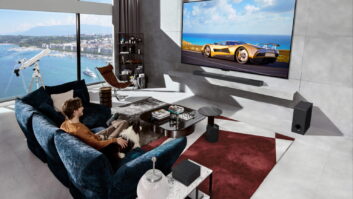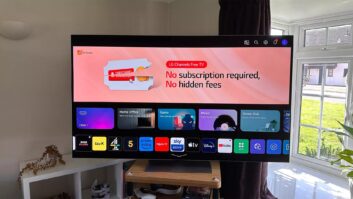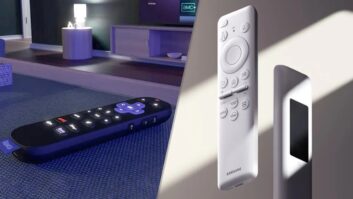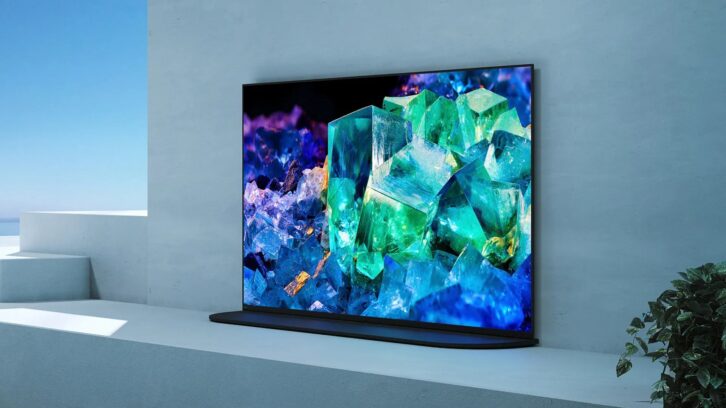
Editor’s note: This article originally appeared on Tom’s Guide. Read more from the Tom’s Guide TV experts here.
When shopping for one of the best TVs, the term PHOLED isn’t likely to come up. That’s because the revolutionary new technology isn’t fully available — yet. But next year, that’s all going to change.
I recently sat down with Universal Display (UDC) Vice President Dr. Michael Hack for a wide-ranging discussion about OLED displays and future technological advancements. And while we started discussing UDC’s role in the growing foldable and rollable display market, eventually the conversation turned to PHOLED, a technology that is set to get a serious upgrade that could change the performance of your OLED TVs and phones using AMOLED displays going forward.
The highlight of that particular discussion? PHOLED technology is expected to be fully available “when we [UDC] launch the commercial blue next year,” according to Dr. Hack.
Below, I’ll get into why UDC’s place in the OLED market is so important, and why the shift to PHOLED is going to improve the performance of your next OLED TV.
Why are OLED displays and UDC important?
First, let’s briefly cover why UDC matters. The company doesn’t make OLED displays — that work belongs to LG Display and Samsung Display in most cases — but it creates and provides the organic light-emitting diode materials themselves.
And that matters a lot because currently, OLED is arguably the best display technology for TVs and unequivocally the best for foldable displays like those found in foldable phones. In the case of the latter, it’s not just the power-efficiency and contrast benefits OLED typically provides, but OLED is naturally flexible, making it ideal for use in foldable displays.
Blue PHOLED for OLED displays set for mass production in 2024
But now let’s get to your burning question — what is PHOLED and why does it matter? PHOLED, or phosphorescent organic light-emitting diodes, refers to a specific type of subpixel material used in OLED displays. Typically in current coverage around OLED displays, PHOLED refers specifically to the blue subpixel transitioning to phosphorescent material because currently, that’s the only subpixel that still uses a fluorescent subpixel material.
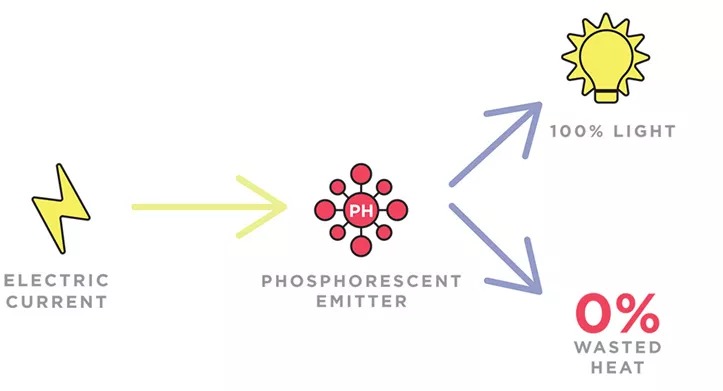
Without getting too into the weeds, fluorescent subpixels are significantly less power efficient than phosphorescent ones. In fact, in a previous conversation with UDC, Janice K. Mahon, senior vice president of technology commercialization and the general manager for the Commercial Sales Business, informed us that fluorescent subpixels are just 25% as efficient as their phosphorescent counterparts.
So while OLED displays currently use PHOLED technology for the red and green subpixels, a transition from fluorescent to phosphorescent in the blue subpixel will still reap major benefits. And you can expect it to come soon in both OLED TVs and foldable OLED displays.
“When we launch the commercial blue [PHOLED material] next year, of course, manufacturers will adopt that and put it into those foldable and rollable products as well [in addition to flat displays],” Dr. Hack said.
The one caveat: just because UDC is making PHOLED available to its customers next year doesn’t necessarily mean that those customers will be able to introduce it immediately into their displays. When I asked Dr. Hack if we could see them within the next year or two, he said it “will be up to the schedule of our customers.” But what is not in doubt is that when PHOLED TVs start to arrive, they will have a power efficiency advantage over any OLED TVs that came before.
See also: LG’s Most Popular OLED TVs Just Fixed A Big Brightness Problem With A New Update








